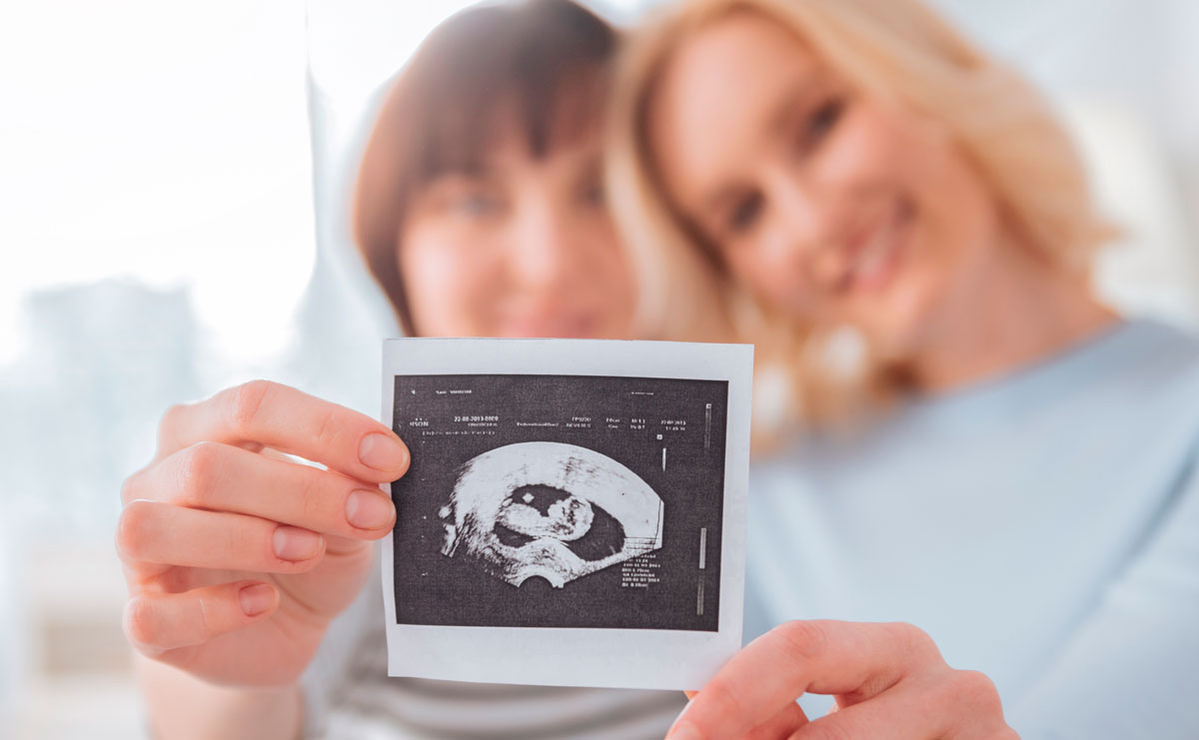
Assisted reproduction
The ROPA method: shared motherhood
These days, it is common for female couples to turn to an assisted reproduction clinic to try and bring to fruition their desire to have a child. Here at Ginefiv, we have witnessed this social reality and since 1988 we have assisted such couples using techniques such as the ROPA method.
The options that assisted reproduction can offer homosexual women to achieve pregnancy are basically the same as for any other woman, the only difference being that we will always have to recur to the use of a sperm sample from our sperm bank.
Furthermore, same-sex couples can opt to use the ROPA method, also known as reciprocal IVF.
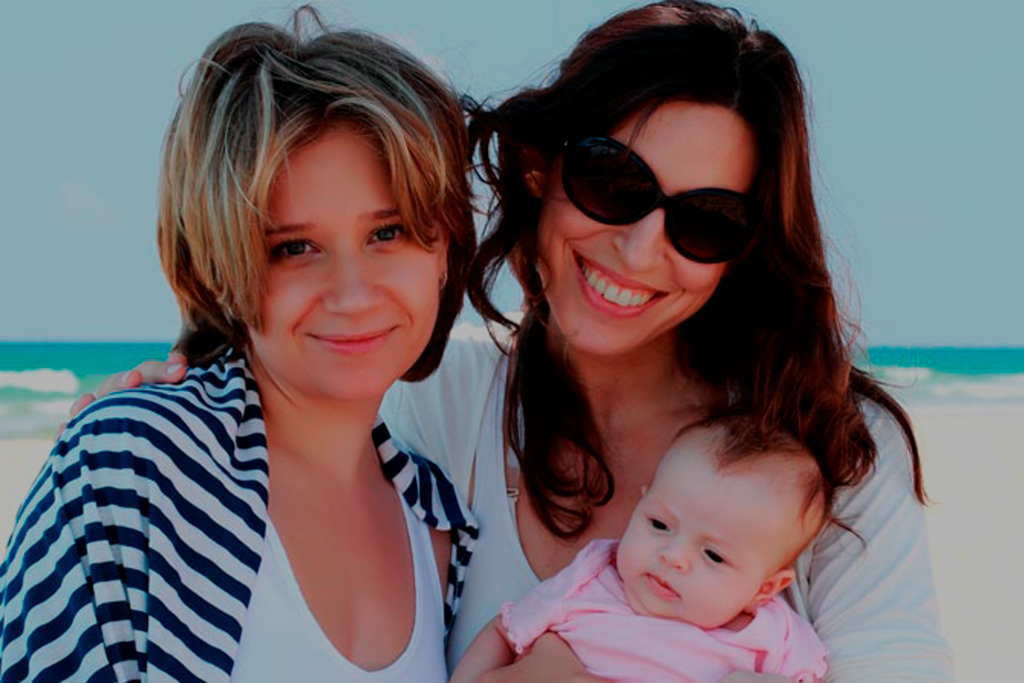
What is the ROPA method?
The ROPA method (Reception of Oocytes from Partner), also called shared motherhood, is an alternative that is increasingly popular with female couples, seeing as it allows both women to actively participate as mothers in the process: the first acts as the genetic mother who provides the egg and the second acts as the child bearer, gestating the baby in her womb.
The genetic mother and the gestational mother
Using an IVF treatment, the egg of one of the mothers is fertilised in our lab usingsperm from a donor. Then, the resulting embryo is transferred to the uterus of theother woman. Using the ROPA method like this means that both women have thechance to experience shared motherhood right from the start.
Who should take on each role? This a personal decision for each couple, although it is always worth getting an assessment based on the opinion of an assisted reproduction specialist who can evaluate each case and determine the best option.
For example, if there is a significant age difference, experts recommend that the genetic mother should be the younger woman in order to guarantee that the oocytes have sufficient reproductive potential to achieve pregnancy.
It is also important to check that there is a good ovarian reserve and that the gestational mother has a uterine cavity that is suitable to carry the child with no problems.
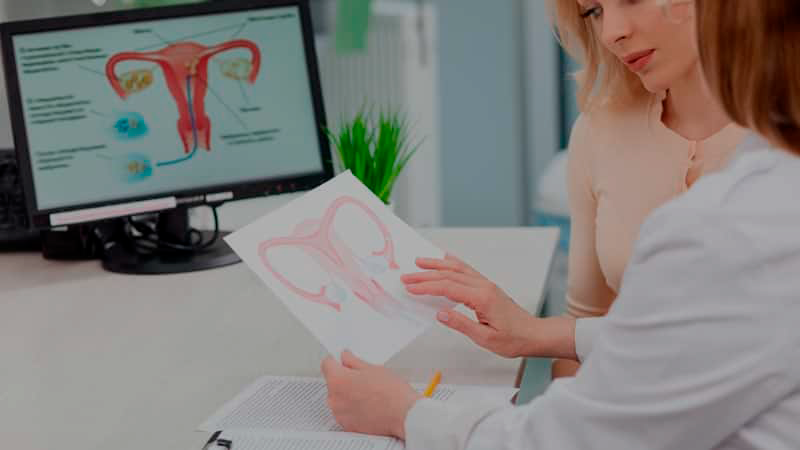
What are the phases of the ROPA method?
Once they have decided who will be the gestational mother and who will be the donor mother, the couple can begin their assisted reproduction treatment, which has 5 phases:
Phase 1
Ovarian stimulation
In reciprocal IVF, just like in a conventional IVF treatment, the genetic mother (who provides the eggs) must undergo an ovarian stimulation treatment, which consists of inducing a multiple ovulation by administering hormonal medications.
Ovarian stimulation is a phase in the ROPA method in which the experience of a team such as the one at Ginefiv plays a fundamental role. We perform an exhaustive analysis of your stimulation using ultrasounds and blood tests. Once the follicles have reached the appropriate number and size, we use hormones to induce ovulation and 36 hours after that we perform the egg retrieval.
To guarantee this control, Ginefiv Is open 365 days a year, which helps us adapt to your cycle and not vice versa.
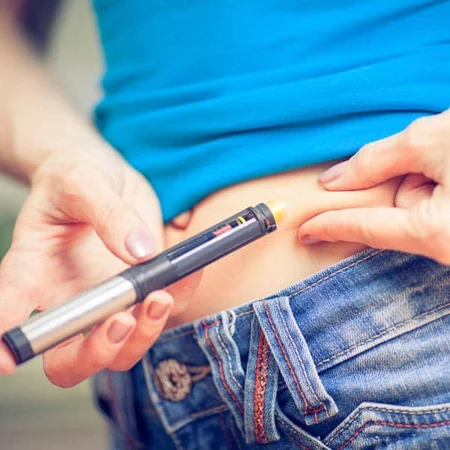
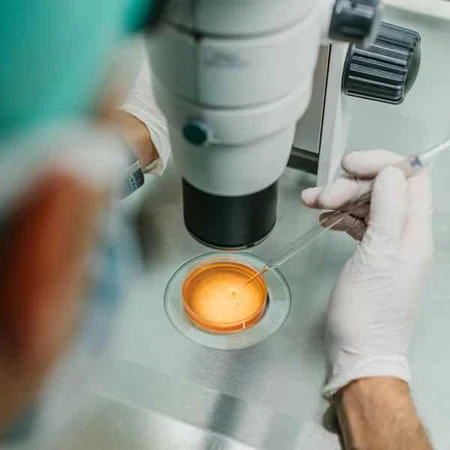
Phase 2
Egg retrieval
Once the oocytes have matured in the ovaries, we then perform egg retrieval: a minor outpatient procedure in which an ultrasound is used as a guide for the vaginal extraction of the mature oocytes from the previous phase.
To do this, the patient is put under light sedation so that they do not feel any discomfort. The retrieval is performed in our surgeries which are equipped with the latest technological advances so as to guarantee the patient’s safety and the success of the process.
Phase 3
Fertilisation and embryo culture
Having obtained the oocytes, they are then fertilised in the lab using donor sperm. To carry out this task, our biologists use the most advanced assisted reproduction technology (IMSI, ICSI, etc.).
Ginefiv has one of the biggest donor sperm banks in Spain, enabling us to select the right donor for the right patient (RDRP system), based on phenotypical criteria and facial similarity. It also allows us to establish genetic compatibility, minimising the risk of the transmission of hereditary diseases.
Controlled embryo culture
The obtained embryos are kept in a culture for 3 to 5 days, during which time they are systematically controlled to verify their correct development and cell division. To cultivate the embryo, Ginefiv uses innovative and advanced incubation techniques to monitor embryo development in real time (in morphokinetic or time-lapse incubators) with systems such as the Embryoscope.
Maximum guarantee of fertilisation
Ginefiv labs are designed to guarantee the environmental conditions which maximise the probability of fertilisation, controlling aspects such as temperature, sterility, pressure, etc.
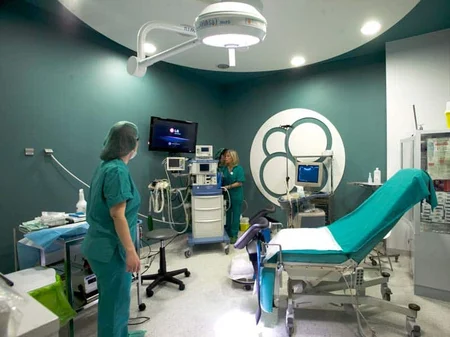
Phase 4
Embryo transfer
The embryos obtained in the lab are transferred into the patient’s uterus (generally between the 3rd and 5th day after the retrieval process) and the surplus embryos, if any, are frozen in latest generation banks that are designed to avoid cross- contamination.
The transfer is a rapid, painless process which does not require anaesthesia and which is performed using ultrasound as the guide for a very narrow tube which inserted vaginally to the base of the uterus to deposit the embryos
PHASE 5
Confirmation of pregnancy
If the result of the free Beta hCG test (a blood test) is positive, 7-10 days later we will perform an ultrasound to check the gestational sack. If everything goes well, it is at this point when you can continue monitoring your pregnancy with your usual gynaecologist.
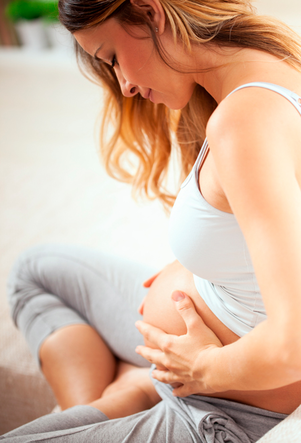
ROPA and egg donation
Additionally, in cases where there is some circumstance which advocates not using the patient’s own eggs, there is also the possibility of recurring to oocyte donation or embryo adoption.

